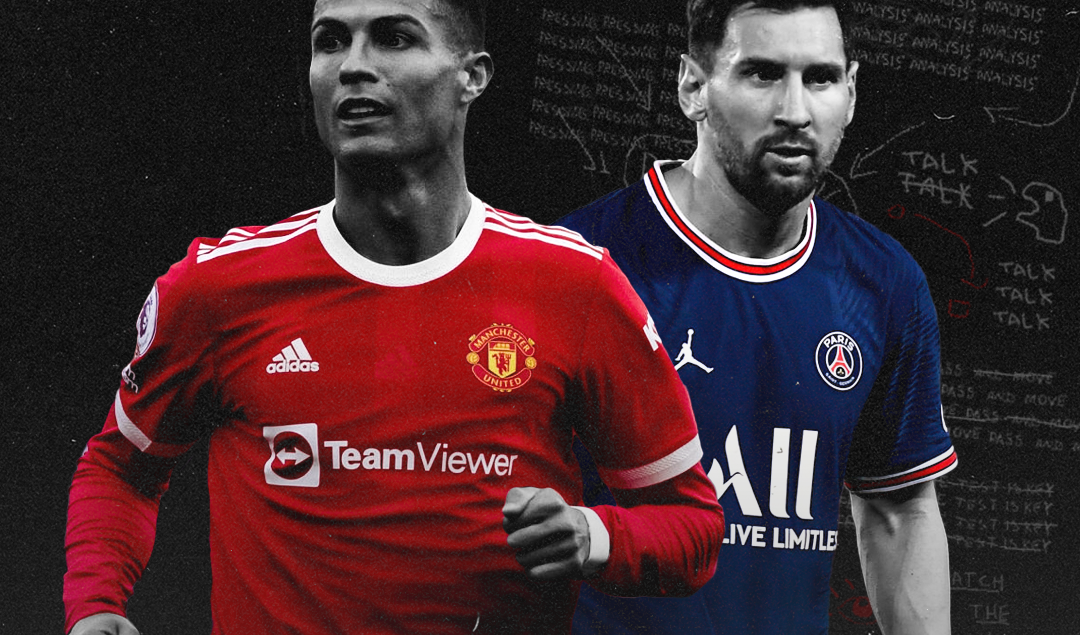The Top 5 Most Clinical Goal Scorers in Football History
One of the most sought-after skills in football is the ability to finish chances with consistency. While athleticism and technology have evolved, the skill of scoring goals under pressure remains at the heart of the sport. Some players have shown an exceptional level of composure and technical ability in front of goal, allowing them to build careers defined by relentless productivity. This article explores five of the most clinical goal scorers the game has seen, examining what made them stand out and how their achievements shaped their reputations. Each player approached finishing in a different way, yet all shared the capacity to convert opportunities that others might waste. The broader sports and entertainment landscape – covering everything from football analysis to online categories such as slots – continues to evolve alongside these conversations.
Cristiano Ronaldo
Cristiano Ronaldo is often placed at the top of discussions about elite goalscoring because of the range and reliability of his finishing. His long career across Portugal, England, Spain, Italy, and international football demonstrates his ability to adapt to new systems while continuing to score. Early in his career, he relied heavily on acceleration and long-range shooting, but he later became a forward who mastered positioning inside the penalty area. His movement has allowed him to arrive in the right place at the right time, while his heading ability has produced many decisive goals.
Ronaldo approaches finishing with a combination of power and calculated timing. He is comfortable striking the ball with either foot and can score from close or long range. His record in the UEFA Champions League and at major international tournaments reflects a player who remains composed in the critical stages of matches. The consistency of his goal returns over more than fifteen years explains why many consider him the most clinical goalscorer in modern football.
Lionel Messi
Lionel Messi is widely recognised for close control and dribbling, yet his goalscoring record also places him among the most clinical finishers in history. Messi relies on precision rather than power, especially when driving the ball into the far corner with his left foot. His calm approach in crowded areas helps him identify the exact moment to shoot, making his finishing style appear effortless.
Across his long spell at Barcelona and later at the international level, Messi produced season after season of high-scoring campaigns. He is effective from free kicks, tight angles and quick passing combinations, showing a full understanding of timing and technique. His ability to stay composed when defenders close in sets him apart from many forwards who rely on instinct alone. Messi’s finishing reflects a career built on how to guide the ball rather than force it, a quality that has shaped many of his most memorable goals.
Gerd Müller
Gerd Müller remains one of the greatest penalty area specialists in football history. His goal totals for Bayern Munich and the German national team came from an unmatched ability to turn quickly and anticipate the ball’s path before defenders. Müller’s finishing relied on short strides, balance and quick changes of direction, which allowed him to strike the ball cleanly under pressure.
While he was not known for long-range shots, his efficiency inside the box has rarely been matched. Müller’s understanding of space helped him convert half-chances that other strikers might misjudge or hesitate over. His record in domestic competitions, European tournaments and the World Cup shows a level of consistency that defined an entire era of German football. Müller scored because he always seemed to know where the ball would land and remained composed even when presented with the smallest opportunity.
Ruud van Nistelrooy
Ruud van Nistelrooy built his reputation on calm finishing and intelligent positioning. During his time at PSV, Manchester United and Real Madrid, he became known for converting chances with minimal touches. His focus was always on finding the right angle and striking the ball cleanly rather than relying on power. This approach allowed him to maintain accuracy even when defenders surrounded him.
Van Nistelrooy excelled when running across the front of defenders or drifting into small pockets of space near the six-yard box. His ability to stay composed in one-on-one situations made him one of the most reliable forwards of the early 2000s. Whether scoring first-time finishes or waiting for the goalkeeper to commit, van Nistelrooy demonstrated technical control and awareness. His performances in the Champions League and various domestic leagues highlight the value of patience and timing in producing clinical finishing.
Erling Haaland
Erling Haaland represents a new generation of forwards who blend physical strength with disciplined movement. His goalscoring record in Germany and England shows a pattern of strong acceleration and powerful finishing. Haaland’s height allows him to challenge effectively for high balls, but his speed off the mark is equally important in creating shooting opportunities.
His finishing style combines force with directness. Haaland strikes the ball with remarkable power, yet he remains balanced and controlled when doing so. His ability to position himself for rebounds, cut-backs and crosses contributes to his high scoring rate. Although still early in his career, he has already built a reputation for reliability in front of goal. If his current productivity continues, he may eventually join the ranks of the all-time greats of clinical finishing.
